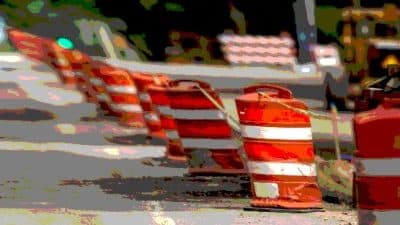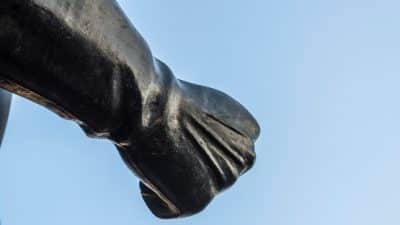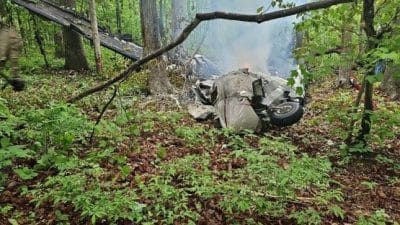
Every year, The Shenandoah National Park Trust donates money to help Shenandoah National Park with a variety of projects. This year the Trust plans to support the park with up to $1 million in donations for new and ongoing projects.
“We are sincerely grateful for the generosity of the Trust’s donors and the hard work of its staff,” Superintendent Pat Kenney said. “We extend our heartfelt thanks to them for providing funds to support these essential programs and projects.”
“The Shenandoah National Park Trust is proud to partner with our park to help ensure its health and vitality. And we’re grateful that our donors recognize the value of this work,” Trust Board Chair Greg Yates said.
The projects for 2021 include:
- Play, Learn, and Serve introduces the outdoors to children, teens and young adults in a fun and engaging way by combining outdoor play with education and public service. It also provides workshops and career enhancement opportunities for teachers. Due to the Covid-19 pandemic in 2020, this program had to pivot from live in-park and off-site ranger programs to virtual internet-based distance learning programs. These opportunities will be expanded in 2021 to reach a wider and more diverse audience.
- Internships provide training, work experience and professional development opportunities for young adults to acquire critical skills necessary to become competitive for future jobs. In 2021, the Trust-funded interns will work in Interpretation and Education, Media, Astronomy and Cultural Resources.
- Volunteer Coordinators organize work crews made up of volunteers to help park staff perform necessary work. Projects include – invasive species management, landscape restoration with native plants, correcting resource damage on park trails and in campgrounds. Despite the park closure and restrictions due to the pandemic, this program treated invasive plants on over 400 acres, planted native plants on 2 acres, and completed 103 trail maintenance projects.
- Early Detection of Invasive Plants supports the search for new or uncommon invasive plants and the removal of these species before they become widespread. Preventing the establishment of invasive species is much less costly in environmental and economic terms than the long-term control of established weeds. After removal of the invasive species, the sites will be restored with native plants and this will make these sites more resistant to new invasions in the future.
- Managing Human-Bear Interactions aims to reduce negative human-bear interactions at park campgrounds, picnic areas and other popular visitor locations. Park staff will provide public education on how to be safe in bear country, view wildlife properly, prevent illegal wildlife feeding, minimize trash problems, and assist with proper food storage.
- Artist-in-Residence provides the opportunity for five artists to live in the park during three-week residencies where they will create artwork inspired by their immersion in the park and share their creations with the public.
- Robert Jacobsen Employee Development Grant enables park employees to attend training courses and conferences to enhance their existing job skills and learn new skills that will help them in their future careers.
- Hemlock Wooly Adelgid Biocontrols: Predatory beetles will be released into the park in strategic areas to help control the Hemlock Wooly Adelgid, a non-native, invasive insect that attacks native hemlock trees. This program will help strengthen the park’s resilience to one of many forest health threats.
- Boulder Cabin is an historic cabin at the Skyland Resort that was built in 1911. It is a superb example of the “rustic resort” period of architecture from 1887-1930 and is a contributing feature of the Skyline Drive National Historic Landmark District. The cabin is in poor condition and the Trust will raise funds for its renovation and maintenance. Once the restoration is complete, it will be used as a residence and studio space for the Artist-in-Residence program.










